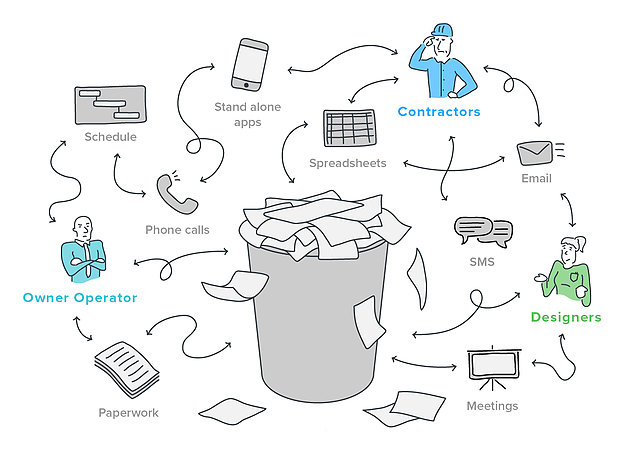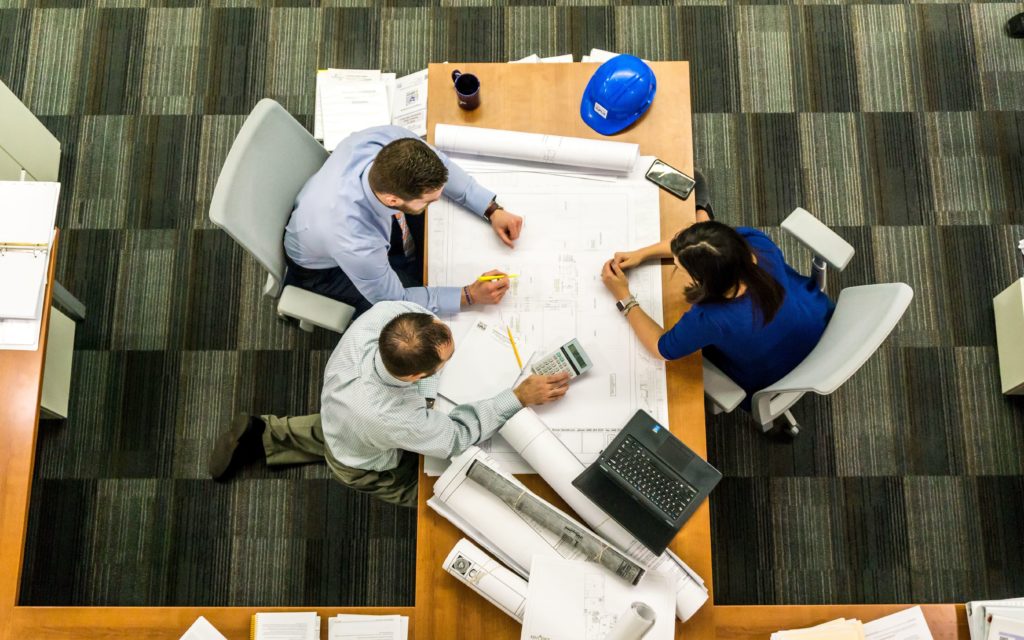Streamline Partnership: The Power of Construction Document Management Systems
Wiki Article
Enhancing Workflow Performance: Architect's Professional Methods for Construction Document Management
In the realm of building style and construction, the precise management of documents stands as a keystone for task success. These strategies not only make certain smooth job progression yet likewise hold the crucial to unlocking enhanced performance and precision in the intricate realm of building and construction document management.Trick File Company Strategies
When managing building documents, among the key methods that designers use is developing a effective and organized organization system. This system typically entails categorizing papers based on their kind, such as illustrations, requirements, contracts, and permits. By creating distinctive and clear categories, engineers can swiftly locate details information when required, conserving time and minimizing mistakes in the construction procedure.Within each classification, architects better organize papers by producing subfolders or using numbering systems to signify variations or alterations (construction document management). This ordered structure makes certain that the most relevant and existing details is quickly accessible while keeping a record of changes made throughout the project timeline
Additionally, architects often use electronic document administration systems that use attributes like keyword search features, variation control, and access limitations to boost organization and cooperation among job stakeholders. These devices simplify the file access process, promote real-time updates, and assist in smooth communication, eventually adding to the general success of the building and construction task.
Collaborative Platform Combination
To maximize document administration performance in building and construction jobs, designers perfectly incorporate collaborative platforms to enhance interaction and enhance control amongst task stakeholders. By leveraging joint platforms such as job monitoring software application, cloud-based storage space systems, and interaction devices, architects can create a central center for all project-related documents and communication networks. These platforms enable team members to gain access to, review, and collaborate on files in real-time, decreasing delays and the danger of mistakes connected with conventional document administration approaches.Joint system integration additionally promotes transparency and liability within the project group, as all stakeholders have exposure right into the most recent job updates and alterations. By systematizing interaction and document sharing, designers can guarantee that all employee are working from the most current info, decreasing the opportunities of misunderstandings or problems emerging because of obsolete files.
Additionally, collective systems enable smooth collaboration in between designers, contractors, clients, and other task stakeholders, advertising a much more cohesive and reliable task workflow. By damaging down interaction barriers and assisting in details exchange, engineers can drive efficiency and advancement in construction jobs, inevitably resulting in effective job outcomes.
Version Control Ideal Practices
Applying efficient version control techniques is vital for maintaining file precision and uniformity in building projects. By developing a clear system for taking care of revisions, project teams can ensure that everybody is functioning from the most current paperwork, lowering the threat of errors and discrepancies during the building stage.One of the key best methods for version control is to designate special identifiers per document variation. This can be achieved by utilizing a numbering system or date stamp that plainly suggests the order of revisions. By plainly classifying each version, team participants can conveniently track the progression of the paper and recognize the most current variation.

Automation Devices for Effectiveness

Document control software, like Procore or PlanGrid, systematizes project documents, making it quickly accessible to all stakeholders. These systems enable real-time collaboration, variation control, and automated back-ups, guarding against data loss. In Addition, Building Info Modeling (BIM) software application automates the generation of construction illustrations and makes sure that adjustments are integrated across all related papers.
Incorporating automation devices with cloud storage space options better boosts accessibility and security. By automating the paper management procedure, task teams can concentrate their time and initiative on value-adding activities, inevitably enhancing efficiency and project results.
Secure Information Management Solutions
Effectively protecting and managing project navigate to this site information is extremely important in the building and construction market to guarantee discretion and stability throughout the job lifecycle. Architectural firms can use encrypted cloud storage space solutions to safely share and save job papers with licensed personnel.Furthermore, making use of electronic civil liberties management (DRM) devices adds an additional layer of safety and security by protecting against the unauthorized circulation or replication of task files. Normal information back-ups are vital to alleviate the threat of information loss because of unexpected situations like equipment failures or cyber-attacks. Collective platforms with built-in safety features make it possible for seamless interaction and data sharing amongst job employee while maintaining information stability.
Conclusion
To conclude, carrying out vital file organization techniques, incorporating joint platforms, practicing version control ideal methods, making use of automation devices, and taking on secure data monitoring services are necessary strategies for improving workflow effectiveness in building record administration. These professional approaches can simplify processes, improve interaction, guarantee accuracy, and maintain information safety throughout the building project lifecycle.In the world of building style and check it out construction, the precise administration of files stands as a foundation for job success. These strategies not just ensure smooth project progression however additionally hold the key to opening boosted efficiency and accuracy in the elaborate realm of building and construction document monitoring.
To optimize file management efficiency in building and construction tasks, designers flawlessly integrate joint systems to enhance communication and enhance control among task stakeholders. These platforms permit team participants to gain access to, testimonial, and collaborate on files in real-time, reducing delays and the risk of errors associated with conventional file monitoring methods.
Using automation devices in construction paper monitoring dramatically improves performance and streamlines processes for project teams. construction document management.
Report this wiki page